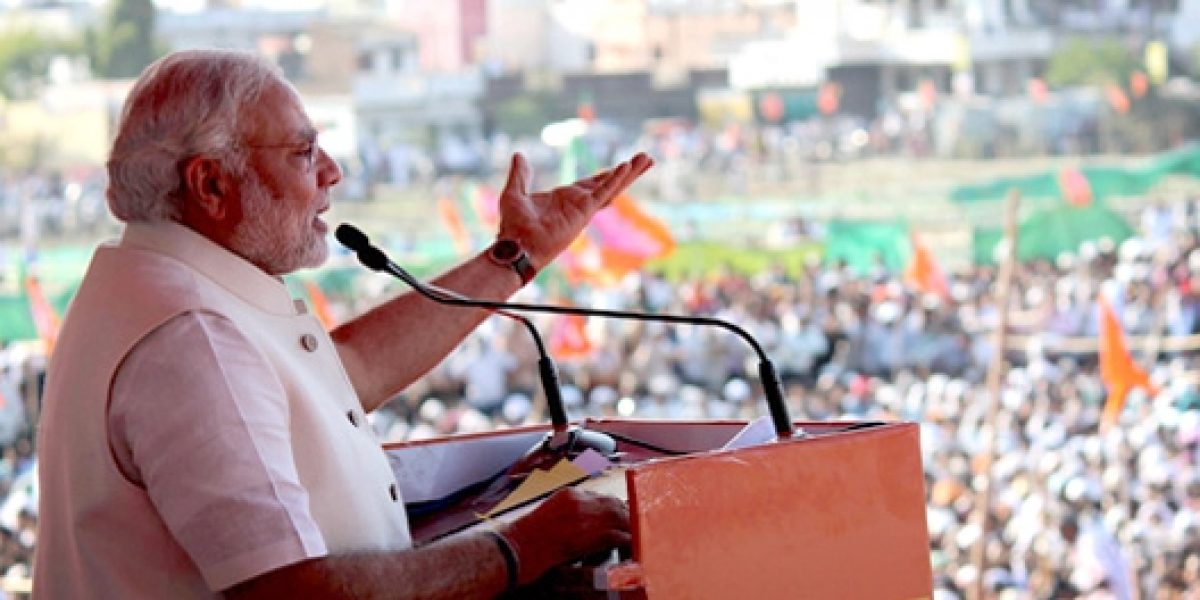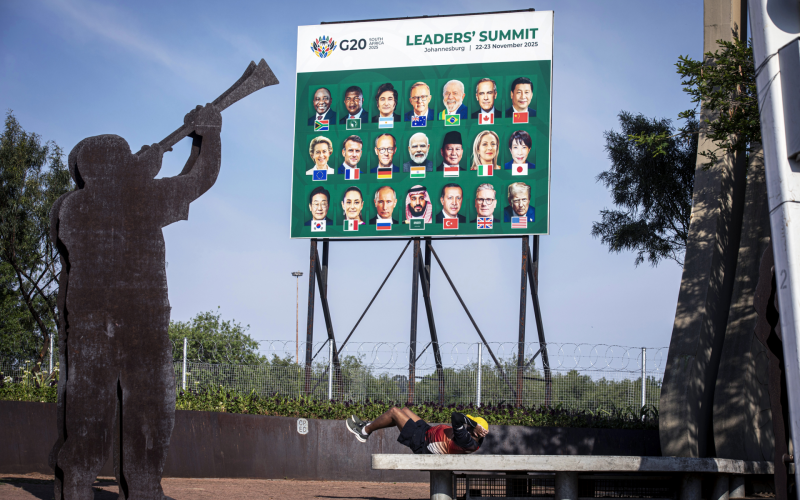For the new BJP government and its Prime Minister, Narendra Modi, foreign policy cannot be underplayed or overlooked. The 21st century globalised polycentric world, while uniquely tied with prosperity and vulnerability, is also fundamentally one of ideological and political domination.
Unfortunately, the last ten years of India’s foreign policy has lacked the courage and conviction to influence the international order and critically shape relationships, whether it be in its immediate neighbourhood or with key powers like the US and China. Whereas the Vajpayee administration of the late 1990s is often described as a period of firmness and pragmatism – as characterised by the Pokhran nuclear tests that culminated in the country becoming a nuclear weapons state – the Congress-led UPA government’s 10-year period of hesitation and strategic confusion in foreign and security affairs has left the country unsure. For example, one of India’s biggest foreign policy failures in recent times has been the strengthening of the Pakistan and China nexus at the cost of its national interest.
The power shift in New Delhi comes at a time when the geopolitical and geo-economic landscape is being rapidly transformed by the contestation over international institutions and norms. India’s immediate neighbourhood remains unpredictable, and the country is bound to face strategic challenges.
So what should be the contours of India’s foreign policy under the new BJP government? At a broad level, it must enhance India’s engagement globally. It must be dynamic and present new thinking and ideas. It must also make credible proposals to promote a stable and peaceful world. Whether the Modi government has the will and capacity to do this remains to be seen.
Pragmatism and flexibility
National interest is at the heart of India’s foreign policy, and while it should remain central, this interest needs to be redefined. Emerging threats to national security, such as cyber-attacks and the food-energy-water-climate change nexus, should find adequate policy space in the broadening of the security agenda. Pragmatism in foreign policy would mean a non-doctrinaire approach and an ability to adjust and adapt policy as and when required.
It would also mean balancing strategic autonomy with strategic collaboration. Phraseology like ‘Grand Strategy’, ‘Neighbourhood Approach’ and ‘Look East Policy’ are merely guideposts, and they remain pointless if not implemented as part of a broader foreign policy strategy that is built not on a particular ideology or philosophy, but on pragmatism.
The so-called ‘Asian century’ will require India’s involvement in forging strategic alliances with its Asian counterparts if the continent is to dominate the global financial market as some have predicted.
Journey through the neighbourhood and beyond
Some fresh perspectives are essential. Regional dynamics are crucial in determining India’s potential to be an eminent power in Asia and a proactive player on the global stage. India’s backyard needs to be stable, peaceful and also prosperous. Being a dominant power in the region requires being strong and resilient but equally concerned and responsible.
India needs to take initiative in actively promoting security and development in the region; its responses should not be merely reactionary or situational. It is fundamentally different from being a domineering power, which creates fear and resentment and generates the perception of India being an ‘interfering’ power. Reversing this perception is probably one of the country’s biggest diplomatic challenges.
India’s strategy for South Asia needs to be one that focuses not merely on territoriality or military dominance, but on connectivity and regional infrastructure development. It would require India to take a further leap forward to work with China to promote regional connectivity in South Asia as partners and not rivals.
Similarly, the mooted visit by Modi to neighbouring Nepal (and possibly later Bangladesh) would be path-breaking and would demonstrate a sense of urgency in tackling regional issues. Equally, Modi’s zeal for technological innovation and appreciation could help push the region forward in creating technologically enhanced regional regimes.
Of course, India should respond to actions that threaten its people and undermine its territorial integrity, but this should neither be the priority nor the starting point of its regional strategy.
Looking beyond South Asia, and given Modi’s priority to re-energise the economy and reinvigorate economic growth, the economic and trade thrust will guide the Prime Minister’s engagement in BRICS and IBSA. And since all the member countries of the two fora appear to be going through a ‘mid-life economic crisis’, the leaders will likely be keen to engage with India.
Another important emphasis of Modi’s narrative will be on global governance, where again BRICS and IBSA will provide the platform to project ideas of creating a more equity-based system of global governance driven by developing countries. While BRICS dominates the headlines, it is IBSA – as a group of three democratic nations with many similarities – that will offer an ideal forum for Modi to promote his development thinking and facilitate South-South dialogue on a range of areas and issues.
Conclusion
An India increasingly shaped by its developmental priorities would require a sharpened focus beyond its borders. Recovering the lost ground and rebooting India’s foreign policy will be crucial to Modi’s government.
The world ahead is a far less hospitable place, with population growth, environmental crises, resource scarcity and power rivalries exacerbating already existing development challenges. If India is to make a big leap forward it should not be inhibited by legacy structures and thinking when it comes to bold new foreign policy initiatives.








